theWord toGo USB/USB-C Flash Drive
Note: This is a USB/USB-C 16gb drive.
All your Personal Notes and Bible Library within a tiny USB flash drive!
Just plug it in any Windows PC and theWord toGo is ready to run, leaving no traces behind.
theWord toGo is a USB flash drive that is pre-loaded with theWord Bible Software and is ready to start as soon as you insert the USB flash drive in a USB port of a PC running Microsoft Windows! No installation is required whatsoever.
theWord toGo comes preloaded with over 200 Bibles and books!
theWord toGo is the perfect way to show your appreciation for theWord Bible Software!
Part of the price you pay is given to support the continuous development of theWord Bible Software. Although the nominal price of theWord toGo USB flash drive is $30, you may choose to add a Gift Option. This does not entitle you to something more than the standard USB flash drive; but the extra price you pay is used to support theWord Bible Software. You may read more about it here.
NET Bible, version 2.1, full notes edition
New separate commentary notes!
Version 2.1 Released!
The NET Bible is a powerful new translation of the Bible (having 58,504 translators’ notes by experts in the original biblical languages). When you combine theWord Bible software program with this Bible, you can easily see the translator’s many notes by simply mousing over the translator’s note’s number, and the actual text will pop up.
These translator’s notes are an excellent commentary for Bible students knowing Greek and Hebrew in that they point out the original words, how their underlying forms (grammatical structure) affects the translation of the verse. But at the same time, while this highly technical information is available for the experienced scholar, it is also very clear and understandable for the common Bible student as far as what it means. For example, the moods and tenses of Greek verbs often have comments when they reflect on the meaning of the text. This is very helpful and insightful to common Bible student.
This is an updated version 2 of this work. It also adds Strong’s numbers to the text.
IF UPGRADING FROM NET 1
Using NET2 Commentary Notes – notes are now available again as separate Commentary notes, and yet also remain in the footnotes as well.
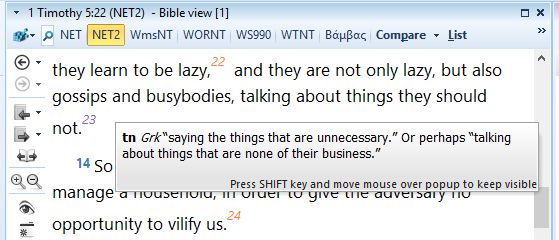
How to use NET2 footnotes, click in Bible, then press just “f” to toggle on and off, and then hover over the footnote you want to see.
The New King James Bible (NKJV)
The New King James Version is a total update of the 1611 King James Version, also known as the “Authorized Version.” Every attempt has been made to maintain the beauty of the original version while updating the English grammar to contemporary style and usage. The result is much better “readability.” It is noteworthy that the NKJV is one of the few modern translations still based on the “Western” or “Byzantine” manuscript tradition. This makes the New King James Version an invaluable aid to comparative English Bible study.
Commissioned in 1975 by Thomas Nelson Publishers, 130 respected Bible scholars, church leaders, and lay Christians worked for seven years to create a completely modern edition of the King James Version that would continue the classic tradition of the original King James. With unyielding faithfulness to the original Greek, Hebrew, and Aramaic texts, the translators applied the most recent research in archaeology, linguistics, and textual studies. The resulting work provides today’s Bible reader with an accurate and modern translation of the Scriptures with the stylistic beauty and memorable quality of the King James.
New American Standard Bible Bundle (NASB) (LBLA) (NBLA)
This bundle includes the following modules:
- New American Standard Bible 1995 Update with Strong’s numbers – NASB
- New American Standard Bible 1977 edition (also available as a separate add-on) – NASB77
- La Biblia de las Americas – LBLA
- Nueve Biblia de las Américas – NBLA
Includes: NASB, NASB 1977, LBLA, NBLA, 17,000 translator’s notes, 93,000 cross-references, NASEC (Exhaustive Hebrew-Aramaic and Greek concordance).
New International Version 2011 (NIV)
Getting the words right means being true to the original Greek, Hebrew, and Aramaic of the Bible. But it also means being true to the reader — capturing the Bible’s original meaning in natural, everyday English.
That’s what sets the NIV Bible apart. It doesn’t sacrifice precision for clarity or the other way around. It delivers both, all in a Bible translation you’ll love to read.
THE NIV IS…
ACCURATE
The NIV translators are united by their conviction that the Bible is God’s inspired Word. That, along with their years of studying biblical languages, helps them to capture subtle nuances and the depth of meaning in the Bible. (More)
CLEAR
If the first recipients understood God’s Word when they heard it, so should you. That’s the driving force behind the NIV’s commitment to clarity. The Bible should be every bit as clear to you as it was to its original audience. (More)
BEAUTIFUL
Bible reading isn’t just a solo exercise; it’s meant to be a shared experience. That’s why the NIV translators prioritize literary beauty, resulting in a Bible translation that’s suitable for public reading and use in churches. (More)
TRUSTWORTHY
The NIV is translated by an independent, self-governing team of Bible scholars. No publisher, commercial or otherwise (not even us!), can tell them how to translate God’s Word. The translators come from dozens of denominations and churches, and they can only make changes to the text if 70% of the committee agrees — safeguarding against theological bias. (More)
There are plenty of things to wrestle with in the Bible.
Your translation shouldn’t be one of them.
(taken from https://www.biblica.com/bible/niv-bible/)
New Living Translation®, Second Edition (NLT)
The Holy Bible, New Living Translation provides a wonderful balance of readability and authority. It is easy to understand, poetically beautiful, powerful, and emotive. At the same time, due to the careful work of ninety leading Bible scholars, it is accurate to the original Greek and Hebrew text. The New Living Translation makes the Bible accessible, useful, and enjoyable for every situation. The easy-to-read, clear text is perfect for comparative study of difficult passages.
Groves-Wheeler Westminster Hebrew morphology 4.22
DESCRIPTION
Groves-Wheeler Westminster Leningrad Codex (WLC) with full parsing information. The complete text of the Hebrew Bible with the Groves-Wheeler Westminster Hebrew Morphology (version 4.22). Includes vowels, cantillation marks, lemmas and full grammatical analysis for each word.
This version allows searching on any feature of the text, including grammar, lemmas, notes, readings (ketiv/qere), homonyms, etc. You can search on consonants only or using vowels and accents. You can perform complex searches combining lemmas and grammar and even editor notes!
Grammar codes may appear inline with the text or you can completely hide them and have the full grammar information appear when you hover your mouse over the Hebrew words. Along with the Hebrew text, a dictionary provides a comprehensive guide to help you understand the grammar codes and gives a detailed analysis of each grammar tag.
Includes grammatical parsing, lemmas, vowels, cantillation marks, alternate readings (Qere/Ketiv), editor notes.
Amplified Bible, Classic Edition (AMPC)
This is a digital Bible for theWord Bible Software
The first complete Bible produced by The Lockman Foundation was the Amplified Bible. The Amplified Bible is a translation that, by using synonyms and definitions, both explains and expands the meaning of words in the text by placing amplification in parentheses and brackets and after keywords or phrases. This unique system of translation allows the reader to more completely grasp the meaning of the words as they were understood in the original languages. Through multiple expressions, fuller and more revealing appreciation is given to the divine message as the original text legitimately permits.
The Amplified Bible is free of personal interpretation and is independent of denominational prejudice. It is a translation from the accepted Hebrew, Aramaic, and Greek manuscripts into literary English. It is based on the American Standard Version of 1901, Rudolph Kittel’s Biblia Hebraica, the Greek text of Westcott and Hort, and the 23rd edition of the Nestle Greek New Testament as well as the best Hebrew and Greek lexicons available at the time. Cognate languages, the Dead Sea Scrolls, and other Greek works were also consulted. The Septuagint and other versions were compared for interpretation of textual differences. In completing the Amplified Bible, translators made a determined effort to keep, as far as possible, the familiar wording of the earlier versions, and especially the feeling of the ancient Book.
Complete Jewish Bible (CJB)
Presenting the Word of God as a unified Jewish book, the Complete Jewish Bible is a translation for Jews and non-Jews alike. It connects Jews with the Jewishness of the Messiah, and non-Jews with their Jewish roots. Names and key terms are returned to their original Hebrew and presented in easy-to-understand transliterations, enabling the reader to say them the way Yeshua (Jesus) did! For readers familiar with the Jewish New Testament, the Complete Jewish Bible is a welcome sight!
The CJB is a translation of the Bible into English by Dr. David H. Stern. It consists of Dr. Stern’s revised translation of the Old Testament (Tanakh) plus his original Jewish New Testament (B’rit Hadashah) translation in one volume. It was published in its entirety in 1998 by Jewish New Testament Publications, Inc.
The Old Testament translation is a paraphrase of the public domain 1917 Jewish Publication Society version. The New Testament section is Dr. Stern’s original translation from the ancient Greek.
Dr. Stern’s purpose for producing the Complete Jewish Bible was “to restore God’s Word to its original Jewish context and culture as well as be in easily read modern English.”
The CJB follows the order and the names of the Old Testament books in the Jewish Bible, rather than those of typical Christian Bibles. It uses Hebrew names for people and places, such as Eliyahu for “Elijah”, and Sha’ul for “Saul.” The work also incorporates Hebrew and Yiddish expressions, such as matzah for “unleavened bread” and mikveh for “ritual immersion pool”.
Give a gift to support theWord Bible Software
theWord is the result of a great, ongoing effort!
theWord is used around the world in multiple languages. We pray it will bless your life.
Appreciative users through the years have given to support theWord development. You can do this with a gift as many appreciative users by doing so you are truly helping provide this high-quality Bible study software, free of charge to everyone.
Want to know what others think of theWord? Read theWord Bible software Guestbook.
Notice: If you want to get a USB flash drive with your gift, select one of the products below instead of this one. This product will not make you eligible for a UFD.
Notice: Please note you are giving to a LLC organization and not to a 501c3 organization. So we are not able to give tax deductible receipts.
Elberfelder Übersetzung Edition (CSV)
Die vorliegende Bibelausgabe geht zurück auf die so genannte „Elberfelder Übersetzung“, die erstmals in den Jahren 1855 bis 1871 erschien und mit dem Ziel erstellt wurde, unter Berücksichtigung der damals vorhandenen wissenschaftlichen Ausgaben des hebräischen und griechischen Grundtextes eine möglichst wortgetreue Übersetzung des Grundtextes zu bieten.
Durch Gottes Gnade kann jetzt eine Neubearbeitung dieser Übersetzung erscheinen. Dazu wurden unter anderem die heutigen wissenschaftlichen Grundtext-Ausgaben des Alten und Neuen Testaments herangezogen (K. Elliger und W. Rudolph: Biblia Hebraica Stuttgartensia, Stuttgart, 2. Auflage 1984; Nestle-Aland: Novum Testamentum Graece, Stuttgart, 27. Auflage 1993; The New Testament: The Greek Text Underlying the English Authorised Version of 1611, London o. J.) Hier und da bestand die Möglichkeit, die Genauigkeit der Übersetzung etwas zu verbessern. Auch sprachliche und stilistische Glättungen wurden an vielen Stellen vorgenommen. Dabei war es Wunsch und Ziel der Bearbeiter, dass diese Ausgabe der Heiligen Schrift weiterhin dem Anspruch genügt, möglichst wortgetreu und doch verständlich zu sein.
Wie die ursprünglichen Übersetzer lehnen auch die jetzigen Bearbeiter alle Ansätze der Bibelkritik ab, die die Inspiration und Autorität des Wortes Gottes und seine innere Einheit in Frage stellen. Dem Gesamtzusammenhang der Heiligen Schrift muss daher besonders Rechnung getragen werden, wenn der Handschriftenbefund gelegentlich nicht eindeutig ist. Das bedeutet, dass die Bearbeiter nicht kritiklos dem Text der wissenschaftlichen Grundtext-Ausgaben folgen.
New Revised Standard Version Bible
The New Revised Standard Version of the Bible (NRSV) was published in 1989. It’s goal was to appeal to all religions and religious groups. The translation committee was made up of thirty translators from every Protestant denomination, the Roman Catholic as well as Greek orthodox church, and a Jewish scholar as well. It typically comes in a version that includes the Apocrypha (but our version for theWord does not have the Apocrypha, but is the standard edition without the Deuterocanonical books).
New American Standard Bible 1977 (NASB)
Since its completion in 1971, the New American Standard Bible has been widely embraced as “the most literally accurate English translation” from the original languages. Millions of people, students, scholars, pastors, missionaries, and laypersons alike, trust the NASB, learning from it and applying it to the challenges of their daily lives. Discover what the original text says, word for word.This is the original 1977 edition of the NASB. It includes italics for words which are not in the original, poetry styling and small caps, chapter headings, numerous translator’s notes (more than 17,000) and cross-references (more than 93,000).
NASB 2020 & NASBHGD 2020
DESCRIPTION
Bundle contents:
- NASB 2020
- NASBHGD-2020
The NASB 2020 is an update of the NASB 1995 that further improves accuracy where possible, modernizes language, and improves readability. These refinements maintain faithful accuracy to the original texts and provide a clear understanding of God’s Word to those who prefer more modern English standards. The long-established translation standard for the NASB remains the same as it always has been, that is to accurately translate the inspired Word of God from the Hebrew, Aramaic, and Greek texts into modern English that is clearly understandable today.
theWord Features
NASB 2020 Bible
- Searchable text (via regular text and Strong’s Numbers)
- Strong’s Numbers
- Words of Jesus in Red
- Headings
- Paragraphs
- Cross references
- Footnotes
- Strong’s Numbers linked to NASBHGD 2020 Dictionary
NASBHGD-2020 Dictionary
- Fully searchable text
- Easy navigation via topics tree display.
- Strong’s Numbers
- Greek Lemmas
- Hebrew Lemmas
- Special Text Colors
- Normal: Text
- Usage: NASB 2020 Usage
- Hyperlink: G10
- Transliteration: Melek
- Hebrew: מֶלֶךְ
- Greek: κοδράντης
American Bible Society Bible Resource Center Maps
Sixteen (16) high-resolution maps of Bible lands which are in color at 300dpi resolution for high-quality printing and viewing. The integrated Graphics Viewer of theWord allows zooming, panning, and easy navigation. With these high-quality maps, you can locate places and their relationships one to another very easily. The areas are in a red font, and the cities are in a black font. These maps are not even available on the American Bible Society website, so this is a great resource for the Bible student.
While any Bible student needs this kind of resource, this is especially excellent for Bible class teachers, Sunday School teachers, and pastors as you can copy and paste these images into your own personal Bible presentations. When these high-resolution maps are projected (enlarged on a projection screen), they still look very good. This is not true with images downloaded off of the Internet. High-resolution maps of Bible lands are hard to find.
Schlachter Bibel 2000
It was the first German translation of the last century and was published for the first time in 1905. The Bible of the Swiss preacher Franz Eugen Schlachter (1859-1911) was first revised by the Swiss pastors Linder and Kappeler in 1911 after his death. The second revision was made in 1951 by the Geneva Bible Society. It was a reworking of the original 1905 translation, no revision of the Linder and Kappeler edition.
The renewed revision of the slaughtering Bible of 1951 was commissioned by the Geneva Bible Society in 1995 and published as “Schlachter 2000”. Members of this revision were initially responsible for the direct editing of texts by Rudolf Ebertshäuser (editor), Peter Toscan (coordinator), Karl-Hermann Kauffmann (revision director), and for the New Testament by Professor Herbert Jantzen (Grundtextspezialist Altgriechisch) Liebi (Grundtextspezialist Hebrew) and Dr. Martin Heide (Grundtextspezialist Hebrew). As a rule, the commission was convened on Saturdays in the Freie Brüdergemeinde in Albstadt. Additional employees were, among other things, for the parallel positions Gottfried Maron, the former president of the Geneva Bible Society, with his own team and, in time, Gottfried Wüthrich, The former secretary secretary of the Geneva Bible Society, for the tangents to the old butcher’s version. Electronic processing was carried out by the Free Brotherhood of Albstadt, Jürgen Oberwegner and Willi Welte, after the text of the slaughter-edition 1951 as a basis for processing by the Allgäuer communities around Erwin Keck had been recorded. When exchanging obsolete words, Wilfried Dabnar was involved in computer technology. Technical questions were coordinated by the then president of the Geneva Bible Society, Paul André Eicher. In 2003 the revision was completed after nine years of processing. The new revised slavery Bible uses exclusively the basic texts of the Reformation, ie, the textus Receptus with its variants as a basis. For the tangents to the old butcher’s version. The electronic processing was carried out by the Free Brotherhood of Albstadt, Jürgen Oberwegner and Willi Welte, after the text of the slaughter-edition 1951 as a processing basis of the Allgäuer municipalities around Erwin Keck had been captured. When exchanging obsolete words, Wilfried Dabnar was involved in computer technology. Technical questions were coordinated by the then president of the Geneva Bible Society, Paul André Eicher. In 2003 the revision was completed after nine years of processing. The new revised slavery Bible uses exclusively the basic texts of the Reformation, ie, the textus Receptus with its variants as a basis. For the tangents to the old butcher’s version. The electronic processing was carried out by the Free Brotherhood of Albstadt, Jürgen Oberwegner and Willi Welte, after the text of the slaughter-edition 1951 as a processing basis of the Allgäuer municipalities around Erwin Keck had been captured. When exchanging obsolete words, Wilfried Dabnar was involved in computer technology. Technical questions were coordinated by the then president of the Geneva Bible Society, Paul André Eicher. In 2003 the revision was completed after nine years of processing. The new revised slavery Bible uses exclusively the basic texts of the Reformation, ie, the textus Receptus with its variants as a basis. Jürgen Oberwegner and Willi Welte, after the text of the butcher’s edition 1951 as a basis for processing by the Allgäuer communities around Erwin Keck had been recorded. When exchanging obsolete words, Wilfried Dabnar was involved in computer technology. Technical questions were coordinated by the then president of the Geneva Bible Society, Paul André Eicher. In 2003 the revision was completed after nine years of processing. The new revised slavery Bible uses exclusively the basic texts of the Reformation, ie, the textus Receptus with its variants as a basis. Jürgen Oberwegner and Willi Welte, after the text of the butcher’s edition 1951 as a basis for processing by the Allgäuer communities around Erwin Keck had been recorded. When exchanging obsolete words, Wilfried Dabnar was involved in computer technology. Technical questions were coordinated by the then president of the Geneva Bible Society, Paul André Eicher. In 2003 the revision was completed after nine years of processing. The new revised slavery Bible uses exclusively the basic texts of the Reformation, that is, the Textus Receptus with its variants as a basis. Technical questions were coordinated by the then president of the Geneva Bible Society, Paul André Eicher. In 2003 the revision was completed after nine years of processing. The new revised slavery Bible uses exclusively the basic texts of the Reformation, ie, the textus Receptus with its variants as a basis. Technical questions were coordinated by the then president of the Geneva Bible Society, Paul André Eicher. In 2003 the revision was completed after nine years of processing. The new revised slavery Bible uses exclusively the basic texts of the Reformation, ie, the textus Receptus with its variants as a basis.
Publisher’s website: http://www.societebiblique.com/
Theological Dictionary of the NT: Abridged in One Volume (TDNTa)
This dictionary is a landmark Greek dictionary which has come to us through a lot of people and years of scholarship dedicated to making this scholarly work available. One of the neat features about this work is that it has Strongs numbers, so those who are not proficient in the Greek language can still use the work, working off of the Strong’s Greek Numbers.
Note that there is a foundational work back to Gerhard Kittel, and thus that work is called “Big Kittels” or just “Kittel”, and there is the present work we are offering which is abridged, and called “Little Kittels”. The unabridged Kittel is very large, and has very long and detailed studies on each word, including a lot of linguistics, Greek, German, Latin, Hebrew, etc. It is a very scholarly work, and understood best “by scholars” (very educated scholars at that). Little Kittel though has been edited so as to delete most of that, and leave a simple work that most laymen could understand (and most Bible students with normal Greek abilities, or no Greek abilities at all, in the style of Strong’s Lexicon perhaps).
For actual samples of articles in the dictionary, click on the image at left (a popup viewer should open) and then use the left-right arrow keys on the keyboard, or click on the far left or far right arrows on the image itself.
The samples are:
ábyssos/άβυσσος [abyss]
agathós/αγαθός [good],
ángelos/άγγελος [messenger, angel],
kýrios/κύριος [Lord, lord], -searching dictionary for a word
kýrios/κύριος [Lord, lord], – searching using Strongs Number
mágos/μάγος [magician, Magus],
méli/μέλι [honey]


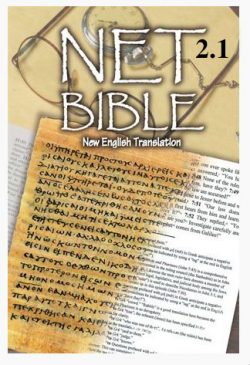
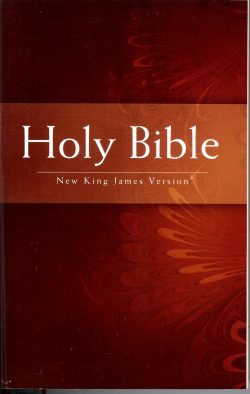
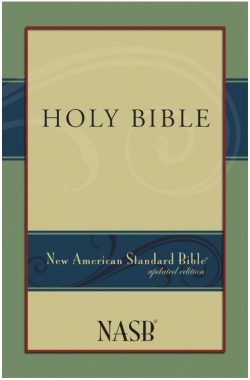
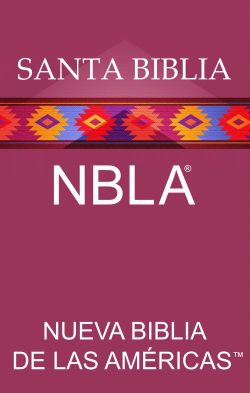
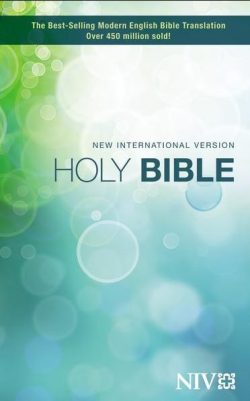
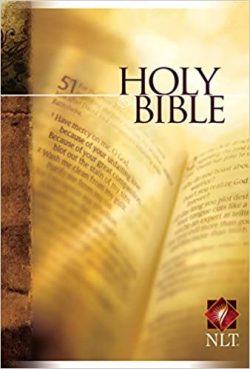
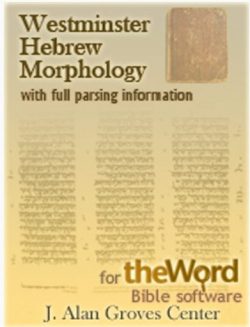
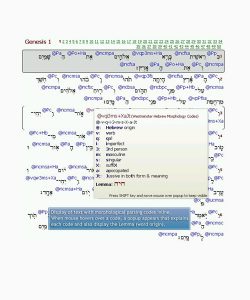
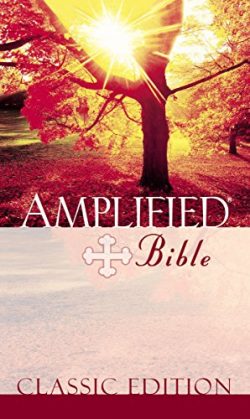
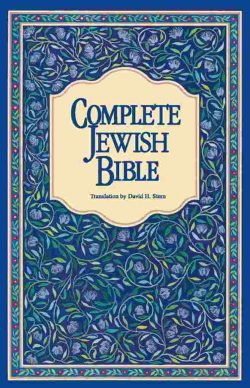
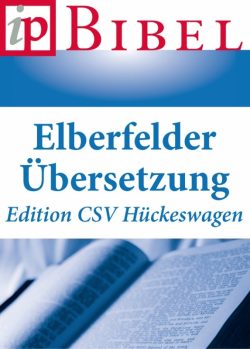
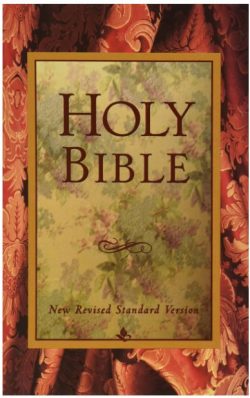
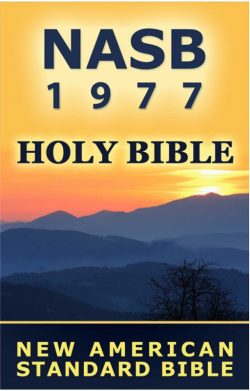
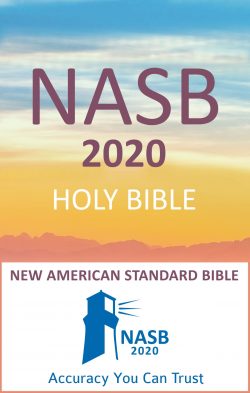
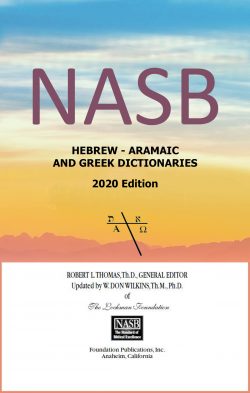
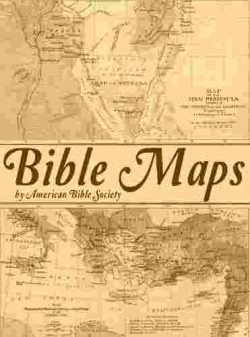
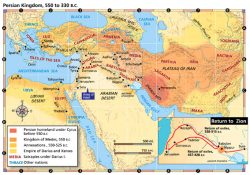
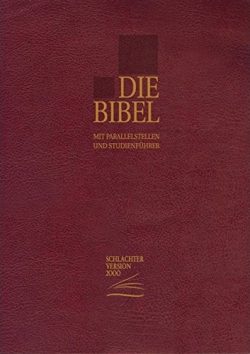
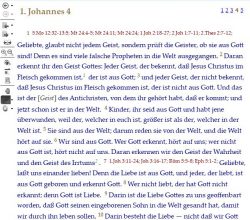
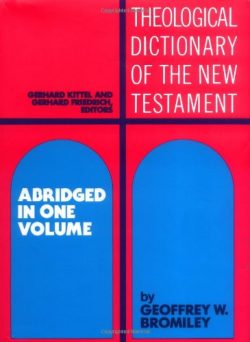
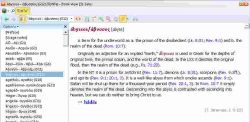
theWord Bible Software
theWord is the result of a great, ongoing effort!
If you already have version 3 or later go here for the upgrade.
theWord is used around the world in multiple languages. We pray it will bless your life.
Appreciative users through the years have given to support theWord development. You can do this with a gift as many appreciative users do via theWord Appreciation by doing so you are truly helping provide this high-quality Bible study software, free of charge to everyone.
Want to know what others think of theWord? Read theWord Bible software Guestbook.
Contains:
Note: Serial Number is not needed – “This product is Free to You”